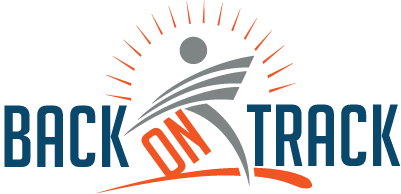Hidden Cracks in Your Partnership: What I Wish I Knew Before It Was Too Late
- Motty Chen

- Apr 6
- 3 min read

The Beginning: A Dream Opportunity
The story begins in Israel in the mid-80s. I was in college, studying software engineering during the early days of the software revolution. Back then, it was the first time you didn’t need to be a large enterprise running a costly mainframe to use business software.
I had a fairly sophisticated system at home—a PC AT with 1KB of memory, a 20 MB hard drive, and two HD floppy disk drives. I even had a Brother dot matrix printer!
To help pay for college, I used my computer to develop software.
One day, I got a large project from a company distributing AutoCAD to architects. They needed a system to manage their business—everything from telemarketing to sales, training to support. I thoroughly enjoyed the project and devoted countless hours to bringing it to life.
The Offer That Changed Everything
As I neared the end of my studies, the manager who hired me made an irresistible offer: “What if we imported a competing software and started our own company? I’ll handle sales and marketing, you’ll oversee software and operations, and I know someone who can manage hardware and installation.”
I hadn’t even finished college, and I already had the chance to run my own business! What a great opportunity, I thought!.
The three of us discussed our dreams, roles, and plans, agreeing to open a company equally owned by the three of us.
Building the Business
Before I knew it, the company was up and running. We rented an office, adapted the software to the local market, provided demos to architects, and continued developing the business management software.
The business thrived. Within two years, we had a sales team, a trainer, an office manager, and a support team. I focused on the software side of the business, leaving other areas to my partners. Everything seemed to be running smoothly—until one day.
The Shocking Discovery
A newly hired sales manager casually mentioned that he’d been promised shares in the company. Surprised, I told him that such a decision required my approval as an equal partner. He replied, “The CEO said he has the authority to do that without anyone else’s approval.”
Something felt off. I contacted our attorney for a copy of the partnership agreement. After much chasing, I finally received it—and couldn’t believe my eyes. The middle pages had been altered, giving one partner sole decision-making authority. My signature was on the last page, but not on the altered sections.
A Breach of Trust
This wasn’t what I signed up for. I had poured my time and energy into building a company that wasn’t truly mine. The betrayal was devastating.
With a young baby at home and no other job, I faced a tough decision. But I couldn’t continue working with partners I didn’t trust. I decided to quit.
A New Beginning
I shared the story with the sales manager, who also decided to leave, citing integrity as a core value. We became good friends and started brainstorming our next steps.
He had a brilliant idea: “The software you wrote to manage the company—it’s yours, isn’t it? Why not sell it?”
And so, a new partnership was born. My new partner was not only brilliant in sales but also loyal, honest, and compassionate. Everything we did was transparent and mutually agreed upon. Four years later, we had 40 employees, over 400 happy customers, and a company we were proud of.
Lessons Learned: The Importance of Aligned Values
Reflecting on my experiences, I realized how crucial it is for partners to have aligned values. Misalignment can lead to significant issues, even if everything seems fine on the surface.
Years later, as a coach, I made it my mission to help business partnerships understand this concept. Whether you’re starting a partnership or already in one, working on alignment and building trust can be a game-changer.
Don’t Wait for a Crisis
You don’t want to wait until a crisis happens. Symptoms like lack of engagement, slow sales, poor customer service, or a culture of finger-pointing often indicate deeper leadership issues. In partnerships, these dynamics require tailored approaches to resolve.




Comments